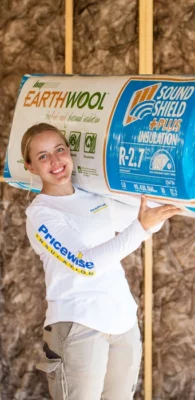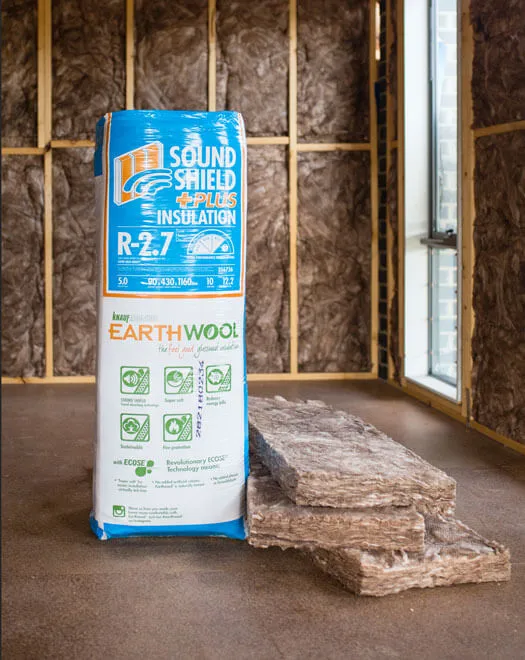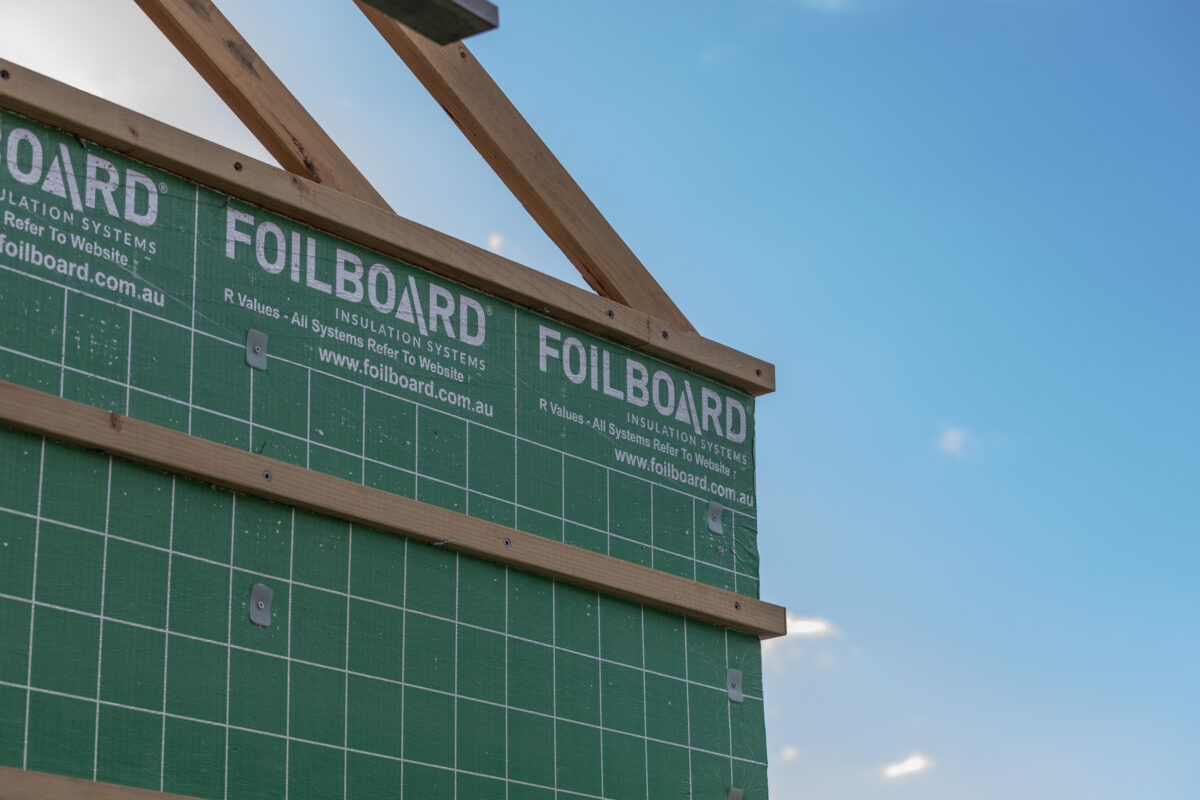Insulation Tips
Can You Paint Foilboard Insulation?
Foilboard is a brand of rigid insulation panels consisting of a polystyrene core laminated with aluminium foil on both sides, acting as a reflective insulation barrier. It is valued for being lightweight, moisture-resistant, and easy to install, making it popular in both residential and commercial buildings across the country. All great factors, but can Foilboard be painted?
Can You Paint Foilboard?
Yes, you can paint Foilboard – and with the right preparation and materials, you can achieve a smooth, durable finish that complements your space. Foilboard, known for its lightweight, moisture-resistant, and durable properties, is often used in construction and insulation projects. However, because it typically has a foil or plastic-faced surface, painting it requires specific steps to ensure adhesion and long-term results.
Below is a step-by-step guide on how to properly paint Foilboard insulation:
How to Paint Foilboard Insulation: Step-by-Step
1. Clean the Surface
Before painting, make sure the Foilboard is clean and free of dust, grease, or debris. Use a mild detergent and a damp cloth or sponge to wipe the surface. Allow it to dry completely before moving on.
2. Lightly Sand (If Applicable)
If the Foilboard has a slick foil or plastic face, lightly sand the surface using fine-grit sandpaper (around 220 grit). This helps create a slightly rough texture that improves paint adhesion. Be gentle – you’re just scuffing the surface, not removing layers.
3. Apply a Primer
Use a bonding primer suitable for non-porous surfaces, such as a shellac-based or acrylic bonding primer. Apply it evenly using a brush or roller. This step is essential, as it helps the paint stick to the surface of the Foilboard. Allow the primer to dry completely as per the manufacturer’s instructions.
4. Choose the Right Paint
Use water-based latex or acrylic paint for best results. Avoid oil-based paints, which may not adhere well or could damage insulation surfaces over time. Choose a matte or eggshell finish if you want to minimise surface reflections, especially when painting over a foil face.
5. Paint the Surface
Apply your chosen paint using a high-quality brush, roller, or paint sprayer. Depending on the paint and the surface texture, you may need two coats. Allow each coat to dry fully before applying the next.
6. Inspect and Touch Up
Once the final coat is dry, inspect the surface for any missed spots or uneven areas. Touch up as necessary for a smooth, uniform finish.
Additional Tips
- Ventilation: Always work in a well-ventilated area, especially when using primers or paints with strong fumes.
- Testing: If you’re unsure how the paint will behave, test a small section first.
- Sealing (Optional): For added protection or durability, especially in high-traffic areas, you can apply a clear acrylic sealer over the painted surface.
In Summary
Painting Foilboard is entirely possible with the right preparation and materials. By following the steps above, you can transform functional insulation into a neat, finished surface that blends seamlessly with the rest of your interior or project design. Whether you’re using it in a garage, shed, or utility space, painting Foilboard is a great way to enhance both appearance and durability.



